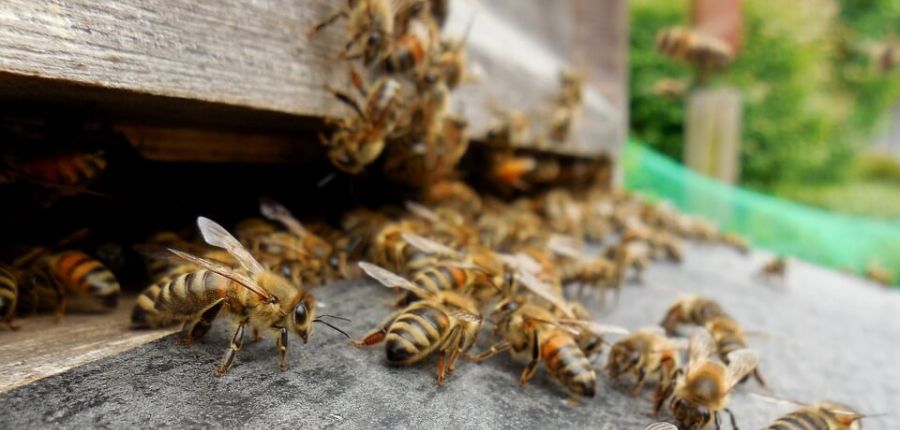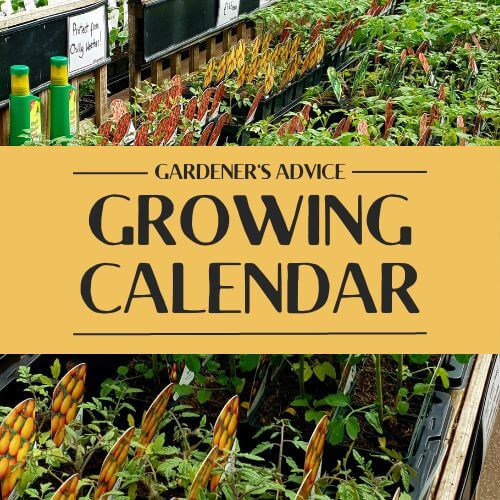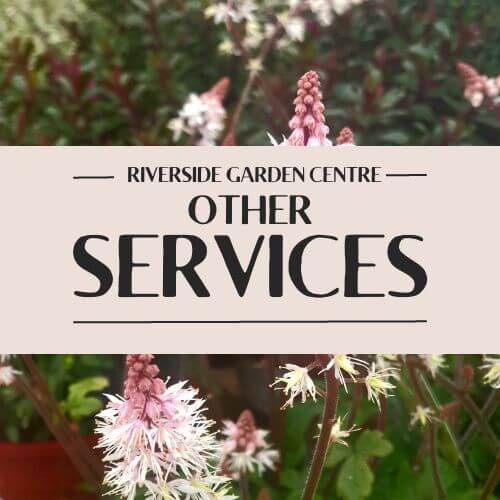Spring is coming!
Posted By: John The Beekeeper Category: Riverside BeesHow honeybees keep warm in winter
Warmer weather is on the way which is good news for the Riverside colony of honeybees who are keen to be out and about. Unlike most other species of bee, Honeybees live as a colony throughout the year and as winter approaches, the size of the colony reduces to a few hundred bees. Honeybees don’t hibernate as such but form a dense cluster with the queen in the middle, protected by her loyal workers who keep warm by vibrating their bodies. On warmer days during the winter months, the bees will fly out on what is described as a ‘cleansing flight’ – little imagination needed as to the purpose of this.
Winter food for Honeybees
All this energy requires food, honey ideally, but sugar fondant is a suitable alternative, so I have been topping up a container inside our hive on a regular basis. I have had colonies starve to death in the past – a distressing sight, all the bees with their heads pushed deep inside the cells in search of the last dregs of honey. To assess the weight of remaining food stocks, I try the old bee keeper trick of ‘hefting’ hives – gently lifting each side in turn – a very rule of thumb method.
Gathering pollen
It’s always heartening to see my bees active on a warm day in February as it indicates that the colony is likely to have survived the winter. If a few bees are flying, I watch the entrance to the hive as closely as possible in the hope of seeing bees returning with their loads of pollen, a sure sign that the queen has started laying eggs again. Pollen is essential food for honeybees, gathered by the worker bees who create a mixture of pollen, nectar and their saliva which is then packed into cells on the face of the comb for later use.
At this time of year, the main sources of pollen are from spring flowers – snowdrops and crocuses in particular – and early-flowing trees such as Hazel. The colour of pollen varies depending on the species of flower from which it has been gathered which can be a great help to us beekeepers as it indicates the main sources of nectar during the summer when the colony is at full strength and the worker bees are at their most active.
In a few weeks’ time the queen will begin laying eggs in earnest and hopefully our Honeybee colony will grow rapidly ready to begin this year’s honey-making. We had a great crop in 2016 and I very much hope that this is repeated this year.







